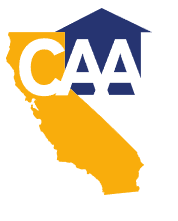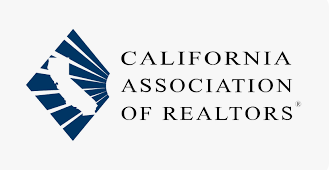Finding the Best Interest Rate
The two biggest buyers of home loans just increased their fee on refinanced loans by a half of a percentage point, thereby reducing the price they’ll pay lenders for those loans. This will make home loans a bit more expensive for borrowers as lenders pass on that fee. This got me thinking, most folks don’t know how to compare loans.
If you’re thinking of purchasing or refinancing a home or other real property, I encourage you to shop for the best terms among local lenders. Local lenders depend on referrals and repeat business and that’s who you want working for you, not some stranger online who is trying to shove as many people through a pipeline as possible with almost no concern for quality or service. In my experience, those amazing rates advertised online rarely deliver. And once you’re deeply into the process, additional fees start popping up. By then, it’s too late (or too much of a pain) to back out.
When comparing offerings from local lenders, it’s important to ask the right questions. For an apples-to-apples comparison, you need to ask for a lender’s best annual percentage rate or APR, rather than the interest rate, because the term “interest rate” can be used to mean an introductory rate or some other special rate. APR is a legal term that describes a precise metric; it was developed specifically to allow borrowers to shop for loans using like terms and including most of the costs associated with the loan.
Choosing the best loan doesn’t necessarily mean choosing the one with the lowest interest rate. Several considerations are at play here, one of which is how long you plan to hold the loan. If you plan to remain in your house for the whole 30-year term of the loan without refinancing, it could be worth paying a fee up-front in the form of “points” to lower the interest rate of the loan. This is called a buy-down.
Let me explain. A one-year loan with a 0 percent interest rate at five points is far more expensive than a one-year loan with a 3 percent interest rate at no points. On the other hand, a ten-year loan with 0 percent interest rate at five points is much cheaper than a ten-year loan with a 3 percent interest rate at no points. The difference? The term—or longevity—of the loan.
Just as you need to determine whether it’s worth paying points up-front to lower the interest rate for the life of a loan, lenders need to determine how much they charge for points based on how long the loan will run. Lenders often sell their loans to other lenders, a legitimate practice and one that affects how they price their services. This is why it is so important to shop around. You need to find a lender whose pricing structure aligns with your budget.
A service-oriented lender will walk you through various scenarios: What would the interest rate be if you paid one point? What’s the breakeven length of the loan—how long do you need to hold the loan to make buy-down worth your while? By using a measure like the APR, most loan costs will be included. A word of caution here: when calculating the APR, use the length of time you plan to hold the loan, not the term of the loan. So, if it’s a 30-year, fixed-rate loan but you plan to sell or refinance after 20 years, the APR should be calculated on 20 years. Your Realtor can also help you with this.
I highly recommend asking your Realtor for a referral to a loan officer they trust. When you live in a small town, it becomes obvious in a hurry whether they’re providing a good value and service for clients.
It’s okay to buy some things online. Loans are not one of them.
If you have questions about property management or real estate, please contact me at rselzer@selzerrealty.com or call (707) 462-4000. If you have an idea for a future column, share it with me and if I use it, I’ll send you a $25 gift certificate to Schat’s Bakery.
Dick Selzer is a real estate broker who has been in the business for more than 45 years.






